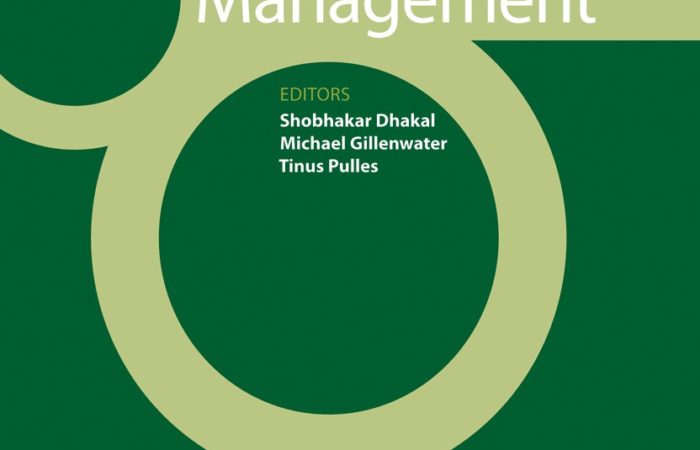
The ‘alternate wetting and drying’ (AWD) technology for rice is a water-saving technology with a high greenhouse gas (GHG) mitigation potential. The Philippine government attempts to disseminate AWD in all national irrigation systems in order to adapt to increasingly scarce water resources.
This article describes how a model for climatic AWD suitability assessment developed by the International Rice Research Institute (IRRI) is suited for a national assessment of the Philippines, and country-scale climatic suitability maps for AWD are develop for wet and dry season. Furthermore, how the assessment can be used to estimate potential GHG emission savings is illustrated.
Results show that a maximum of 60% of the rice area of the Philippines is climatically suited to AWD, reaching more than 90% in the dry and 34% in the wet season. The potential, maximum annual reduction is around 265,000t of CH4 emissions from lowland rice in the Philippines, or around 15% of the country’s annual emissions from the agriculture sector.
The article concludes with recommendations on the use of this simple spatial water balance model for mitigation planning which offers a more spatially detailed, quantitative and transparent estimate of national GHG emissions in the rice sub-sector for rice producing countries.








